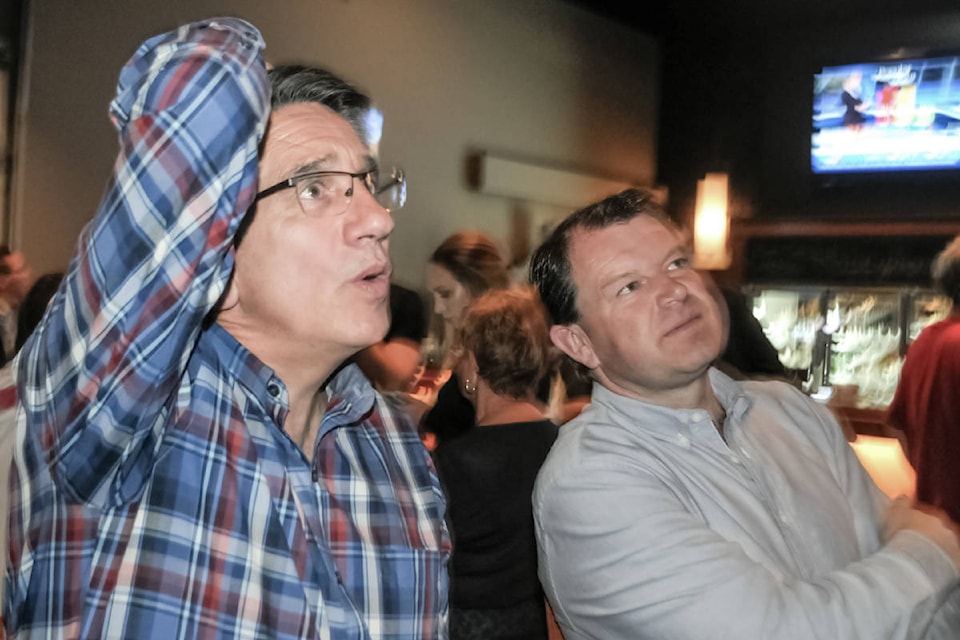Penticton’s representative in Victoria says he’s worried rural areas like the South Okanagan could lose their voice if the province switches to proportional representation.
Dan Ashton voiced his concerns about the referendum on proportional representation after B.C.’s Attorney General David Eby produced his much-awaited report on the matter last week. The 114-page report covered a variety of topics, from Indigenous and local representation to the variety of voting systems that could be looked at.
Ashton said he has concerns that smaller centres and rural areas would lose some of their voice in a proportional system, with 60 per cent of B.C.’s population living in the Lower Mainland. Under the current system Ashton said he hears concerns from and works for all of his constituents.
Related: Four options to be offered for B.C. voting referendum
“When you come to my office, I don’t care if you voted for me, I don’t care if you didn’t vote for me, I don’t care if you didn’t vote. We’re there to help 100 per cent of our constituency,” Ashton said, adding MLAs do vote against party lines “more often than you would think.”
Upon review of Ashton’s voting record between February 2015 and the current day, the Western News could not find any examples of the Penticton MLA voting against party lines. Ashton did not respond to a follow-up request for comment as of publication.
The ballot, per Eby’s recommendation, would include two questions. The first has two choices: proportional representation or the current first-past-the-post (FPTP) system. The second has three choices, all different forms of proportional representation.
Related: How to understand each of the proposed voting systems
They include dual member proportional (DMP), mixed member proportional (MMP) and rural-urban proportional.
Under DMP, the province would amalgamate two ridings, and two members would be elected — one by the popular vote of that riding and one to account for the popular vote province-wide. Under MMP, the province would have larger ridings, with those ridings elected under FPTP. The remainder of the legislative seats would then be allocated to parties to account for the popular vote, with those seats not attached to any particular riding.
Under rural-urban, rural seats would be decided by MMP, while urban and semi-urban seats would be decided by another system, in which voters would rank their choices on the ballot. From there, a more complicated process takes place to determine multiple members to represent that riding.
Related: South Okanagan group forms to push ‘yes’ on electoral reform
“We think they’re all better than first-past-the-post,” said Tina Lee with the local Fair Vote chapter. “We certainly are looking forward to educating ourselves and the region a bit more about each of those systems.”
Lee said the rural-urban system addresses some concerns about lost representation in rural areas, but the system does weight toward urban and semi-urban areas, where ridings would have multiple members.
“Under first-past-the-post, in many cases 60 per cent of the province feels like they don’t have a representative that represents how they voted,” Lee countered. “You hear all too often that people’s votes didn’t matter.”
Related: Millennials’ voter turnout in 2017 B.C. election up 7%
Ashton said he’s concerned that two of the three proportional representation choices — mixed member and rural-urban — have never been tested in other jurisdictions before. He added some of the information on those systems will only be coming after the vote.
“Do you elect a Dan Ashton? Or is a person appointed from the party to represent that area? Are the ridings doubled in size so that there’s 50 per cent less people in the legislature?” Ashton said. “Those are some of the things that will have to be addressed after people vote for this.”
